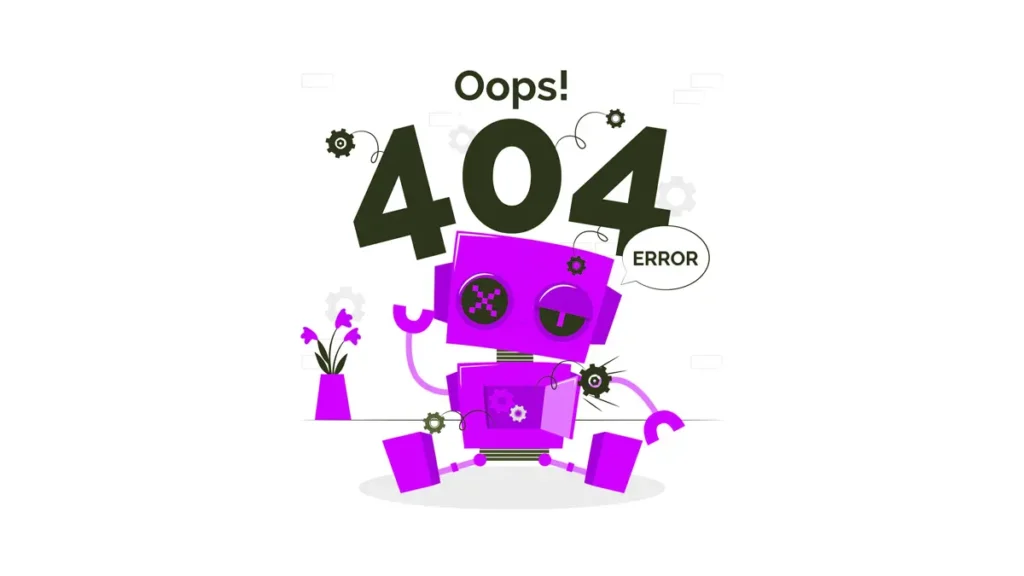Technical SEO stands as the silent architect behind the scenes in the world of digital marketing, shaping the foundation for online success. While the world of search engine optimization encompasses a multitude of strategies, mastering the technical aspects is like ensuring your website speaks the language search engines understand. In this journey to unravel the complexities, we present to you the ultimate Technical SEO checklist – a guide to fortifying your digital fortress and elevating your online presence.
Understanding Technical SEO: The Backbone of Visibility

Before we look into the checklist, let’s grasp the essence of Technical SEO. Unlike its creative counterpart – content SEO, which focuses on the quality and relevance of your content – Technical SEO deals with the structural and technical elements that influence your website’s visibility on search engines.
From site speed to crawlability, these technical nuances play a pivotal role in how search engines interpret and rank your website.
The Technical SEO Checklist
XML Sitemap Optimization
o Utilize a reliable sitemap generator tool or plugin for an all-inclusive representation.
o Ensure inclusion of essential pages, encompassing content, images, videos, and other significant elements.
o Regularly Update and Submit
o Keep your XML sitemap current with any website changes, additions, or modifications.
o Regularly submit the updated sitemap to search engines via their webmaster tools or console platforms.
Mobile-Friendly Optimization

o Implement a responsive design that seamlessly adapts to various screen sizes and devices.
o Prioritize user experience by ensuring content readability and navigation on mobile devices.
o Optimize website elements for swift loading on mobile devices.
o Enhance both user satisfaction and search engine rankings through mobile-centric performance improvements.
Robots.txt File Mastery
o Scrutinize the robots.txt file to identify and rectify any potential blocks hindering crawler access.
o Ensure that important pages or sections are not inadvertently restricted.
o Use Disallow Wisely
o Strategically implement the “disallow” directive to prevent crawling of non-essential pages.
o Allow access to crucial sections, enhancing the efficiency of search engine crawlers.
Page Speed Optimization

o Reduce image file sizes through compression, promoting faster page load times.
o Improve overall website performance and user experience.
o Enable browser caching to store static files locally on users’ devices.
o Facilitate quicker loading for returning visitors, minimizing load times.
Canonicalization
o Implement canonical tags to designate preferred versions of pages.
o Mitigate duplicate content issues and guide search engines to prioritize the specified versions.
o Choose a preferred domain version (www or non-www) and set up redirects accordingly.
o Establish a consistent domain structure for improved search engine understanding.
SSL Certificate Implementation

o Secure your website by obtaining and implementing an SSL certificate.
o Establish a secure connection, instilling trust among users and boosting search engine rankings.
o Reflect the secure HTTPS protocol in internal links throughout the website.
o Maintain consistency and prevent mixed-content issues.
Schema Markup
o Incorporate schema markup to provide search engines with additional contextual information.
o Enhance the understanding of your content and potentially qualify for rich snippets.
o Explore opportunities for rich snippets in search results.
o Utilize appropriate schema markup to highlight key information and stand out in search listings.
404 Error Management

o Create a custom 404 error page with user-friendly navigation options.
o Guide users seamlessly back into your site, minimizing frustration.
o Conduct periodic website audits to identify and rectify broken links.
o Maintain a smooth user experience and preserve search engine credibility.
Hreflang Tag Implementation
o Use hreflang tags to indicate language and regional targeting for various content versions.
o Enhance visibility for international or multilingual audiences.
o Regularly verify hreflang tag implementation using tools like Google Search Console.
o Ensure accurate language and regional targeting for diverse content versions.
Crawl Budget Optimization

o Regularly monitor Google Search Console for crawl errors.
o Address identified errors promptly to maintain optimal crawl efficiency.
o Strategically structure your website to ensure that crucial pages are prioritized for crawling.
o Enhance the likelihood of important content being promptly indexed.
Technical SEO serves as the bedrock upon which your online success is built. By mastering the intricacies of XML sitemaps, robots.txt files, mobile optimization, and more, you pave the way for search engines to explore and understand your website effectively.
The Technical SEO checklist presented here is your roadmap to navigate the complex algorithms and ensure that your website not only ranks well but provides a stellar user experience.
Remember, the digital landscape is ever-evolving, and staying vigilant in optimizing your website’s technical aspects is a continuous journey.
Regular audits, updates, and staying informed about emerging trends are key to maintaining your digital fortress and securing a prominent place in the competitive online arena.
As you go on this technical SEO route, consider it an investment in the longevity and success of your digital presence.








